Surgery can be a stressful experience for pets and their owners. Once the procedure is complete, the experience is not over—the journey to recovery begins, and your pet requires the best possible care to ensure they heal quickly and comfortably. Our Alisos Animal Hospital team created the following guide that outlines practical steps to support your pet after surgery, to help you navigate the recovery process with confidence and ease.
1. Understand postoperative instructions
Post-surgery care often involves:
- Administering medications — Verify the correct dosage and timing of all medications, such as antibiotics, pain relievers, or sedatives.
- Recognizing complications — Watch for excessive swelling, redness, or discharge from the surgical site.
- Follow-up appointments — Schedule and attend all follow-up visits to monitor your pet’s recovery.
Clear communication with Dr. Bahou is essential. Don’t hesitate to ask questions or seek clarification on any aspect of the postoperative care plan.
2. Create a comfortable recovery space
Your pet will need a quiet, comfortable place to rest after surgery. Ensure the area is:
- Safe and confined — Avoid stairs and other hazards. Use a crate or a small, enclosed space, if necessary.
- Easily accessible — Ensure your pet can reach food, water, and a litter box or bathroom area without difficulty.
- Cozy and supportive — Provide soft bedding that supports your pet’s body without putting pressure on the surgical site.
Also, maintain a calm environment to reduce stress and promote healing.
3. Monitor and manage pain
Pain management is a critical component of your pet’s postoperative care. Follow these pain management guidelines:
- Adhere to the schedule — Give medications exactly as prescribed for effective pain control.
- Watch for side effects — Common side effects include lethargy, appetite loss, or digestive issues. Contact us if these occur.
- Use alternative methods — In addition to medication, consider ice or heat packs, massages, or gentle physical rehabilitation techniques, as advised.
Effective pain management can significantly improve your pet’s comfort and recovery speed.
4. Provide proper nutrition
After surgery, your pet’s body needs proper nutrition to heal. Follow these tips:
- Offer a balanced diet — Provide high-quality, easily digestible food that meets your pet’s nutritional needs.
- Monitor food and water intake — Check that your pet is eating and drinking regularly. Appetite loss can signal pain or other complications.
- Adjust portions — Your pet may need smaller, more frequent meals to avoid nausea.
5. Prevent licking and chewing
Pets often want to lick or chew at their surgical site, which can lead to infections or complications. To prevent this:
- Use an Elizabethan collar (i.e., E-collar) — Also known as the “cone of shame,” this device prevents your pet from reaching the surgical area.
- Explore alternatives — Inflatable collars or surgical suits can be more comfortable and still prevent wound access.
- Monitor closely — Keep an eye on your pet, especially if you take off the E-collar for meals or bathroom breaks.
6. Monitor the surgical site
Regularly check the surgical site to identify potential problems early. Look for:
- Infection signs — Redness, swelling, discharge, or a foul odor can indicate an infection.
- Proper healing — The incision should gradually heal without complications.
- Loose stitches or staples — Notify our team if you notice any issues with sutures or staples.
Daily inspections help you catch any problems before they escalate.
7. Provide emotional support
Pets can feel anxious or confused after surgery. Offer emotional support by:
- Spending quality time — Sit with your pet, speak soothingly, and gently pet or brush them.
- Maintaining routines — Keep feeding, bathroom, and sleeping schedules as consistent as possible.
- Reducing stressors — Minimize loud noises, visitors, and other potential stressors in your home.
Your calm presence can significantly ease your four-legged friend’s anxiety and promote a sense of security.
8. Stay in touch with Dr. Bahou
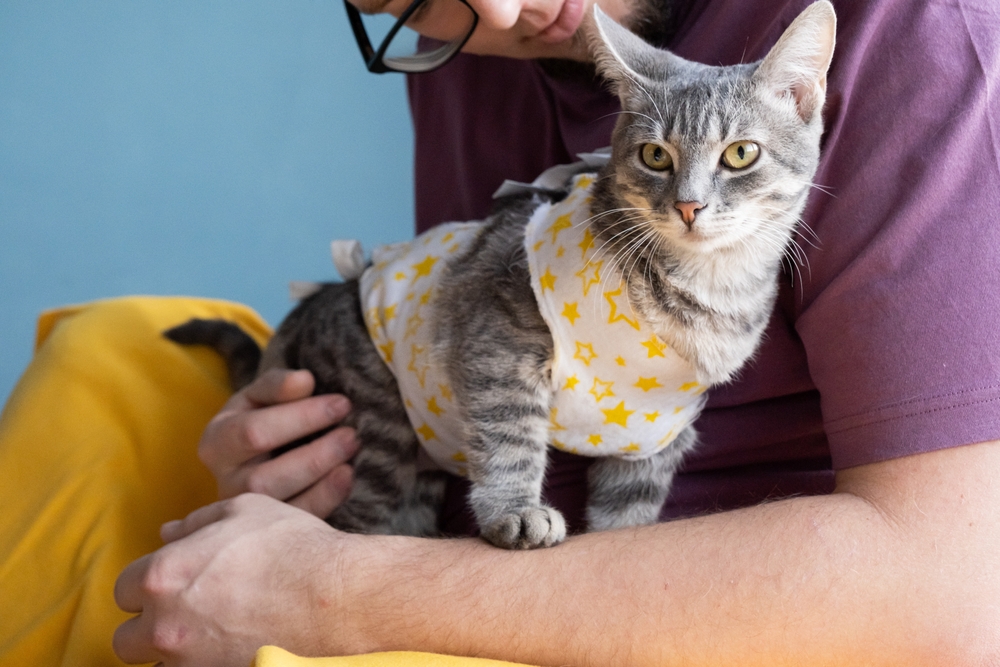
Regular communication with our Alisos Animal Hospital team is essential throughout the recovery process. Reach out if you notice:
- Unusual signs — Vomiting, diarrhea, or severe pain signs should be addressed.
- Behavior changes — Lethargy, aggression, or withdrawal may indicate postoperative complications.
- Healing concerns — If the surgical site isn’t healing as expected, call us.
Our team can provide guidance and, if necessary, adjust the treatment plan to ensure a smooth recovery.
Supporting your pet after surgery requires patience, vigilance, and a lot of love. Always contact our Alisos Animal Hospital team if you have any concerns or questions about your pet’s postoperative care. With our skills and your dedicated care and attention, your furry friend will be back to their happy, healthy self in no time.



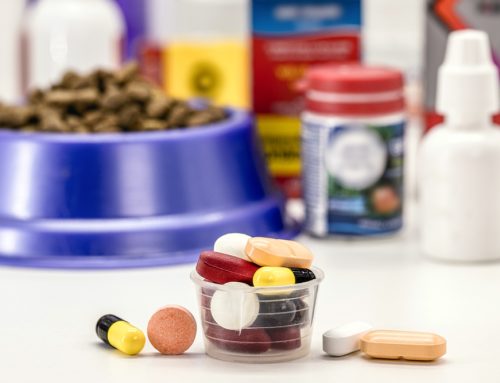
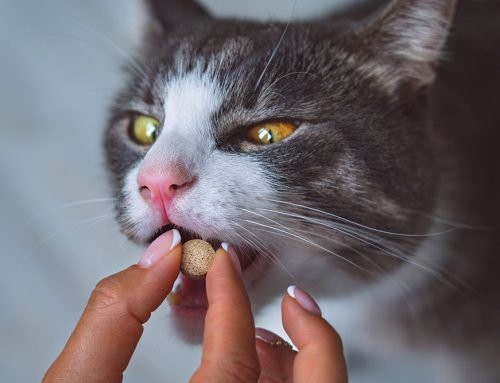
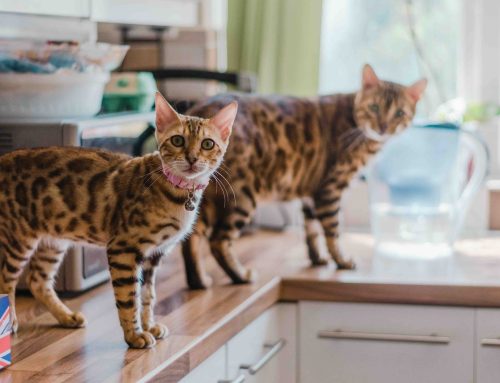
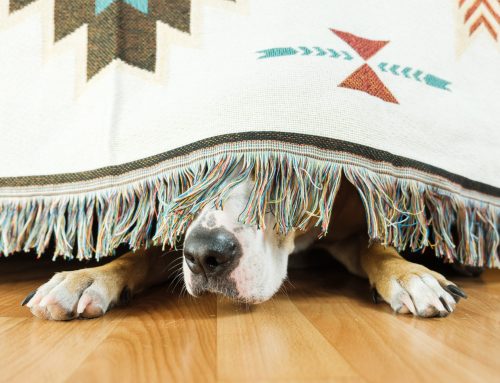

Leave A Comment